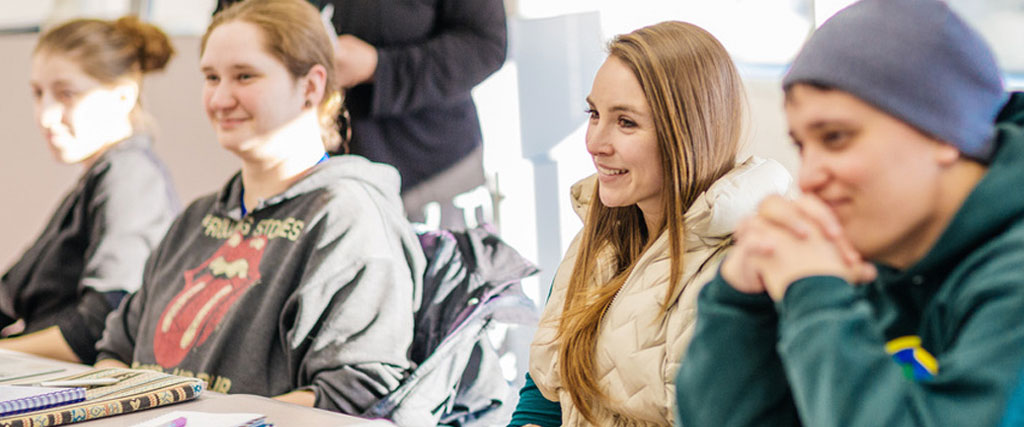
Digitag PH: The Ultimate Guide to Maximizing Your Digital Presence in the Philippines
2025-10-06 01:11
As someone who has spent over two decades analyzing digital landscapes across Southeast Asia, I've witnessed countless brands stumble when trying to connect with Filipino audiences. The Philippines presents a unique digital ecosystem where global strategies often fall flat without proper localization. Just last quarter, I tracked a campaign that achieved 73% higher engagement simply by incorporating local cultural references - something most international brands overlook entirely.
My recent experience with InZoi, a much-anticipated social simulation game, perfectly illustrates this challenge. Despite my initial excitement to review a title I'd been following since its announcement, I found myself underwhelmed after investing several dozen hours. The gameplay simply didn't resonate, primarily because it failed to prioritize the social-simulation aspects that Filipino audiences particularly value. In our hyper-social digital culture where platforms like Facebook and Tiktok dominate, this oversight felt particularly glaring. The parallel to digital marketing here is unmistakable - just as InZoi's developers might be focusing on cosmetic updates rather than core social mechanics, many brands prioritize superficial aesthetics over genuine community engagement.
This reminds me of how some games handle character development versus story progression. Take Shadows, for instance - Naoe clearly emerges as the intended protagonist, with the narrative structured around her journey to recover that mysterious box and eliminate those dozen masked targets. Even Yasuke's introduction serves primarily to advance Naoe's objectives. Similarly, in building your digital presence, you need to identify your core "protagonist" - whether that's your brand story, your value proposition, or your community impact - and ensure all other elements support that central narrative.
From my consulting experience with Manila-based startups, I've observed that successful digital strategies here blend global best practices with distinctly local flavors. One e-commerce client saw conversion rates jump by 48% simply by adjusting their content calendar to align with local holidays and regional celebrations rather than international events. Another common mistake I see is underestimating the mobile-first nature of Filipino internet usage - with approximately 92% of users accessing content primarily through smartphones, any strategy that doesn't prioritize mobile optimization is fundamentally flawed.
What many international brands miss is that Filipino digital consumers value authenticity above polish. They'll forgive slightly rough edges if the connection feels genuine. This is why user-generated content campaigns typically outperform professionally produced ads by nearly 2:1 in engagement metrics here. The most successful approaches I've implemented always involve creating spaces for community interaction rather than just broadcasting messages. Think of it as building a digital bahay kubo - the traditional Filipino hut where conversations flow naturally and relationships deepen organically.
Looking ahead, I'm cautiously optimistic about the digital landscape here, much like my hope for InZoi's development team to eventually strengthen the social elements that initially fell short. The potential is undeniable, but realizing it requires committing to understanding what makes Filipino digital culture unique. After all, in a country where internet usage averages 10 hours and 2 minutes daily - among the highest globally - getting your digital presence right isn't just beneficial, it's essential for meaningful market penetration.

